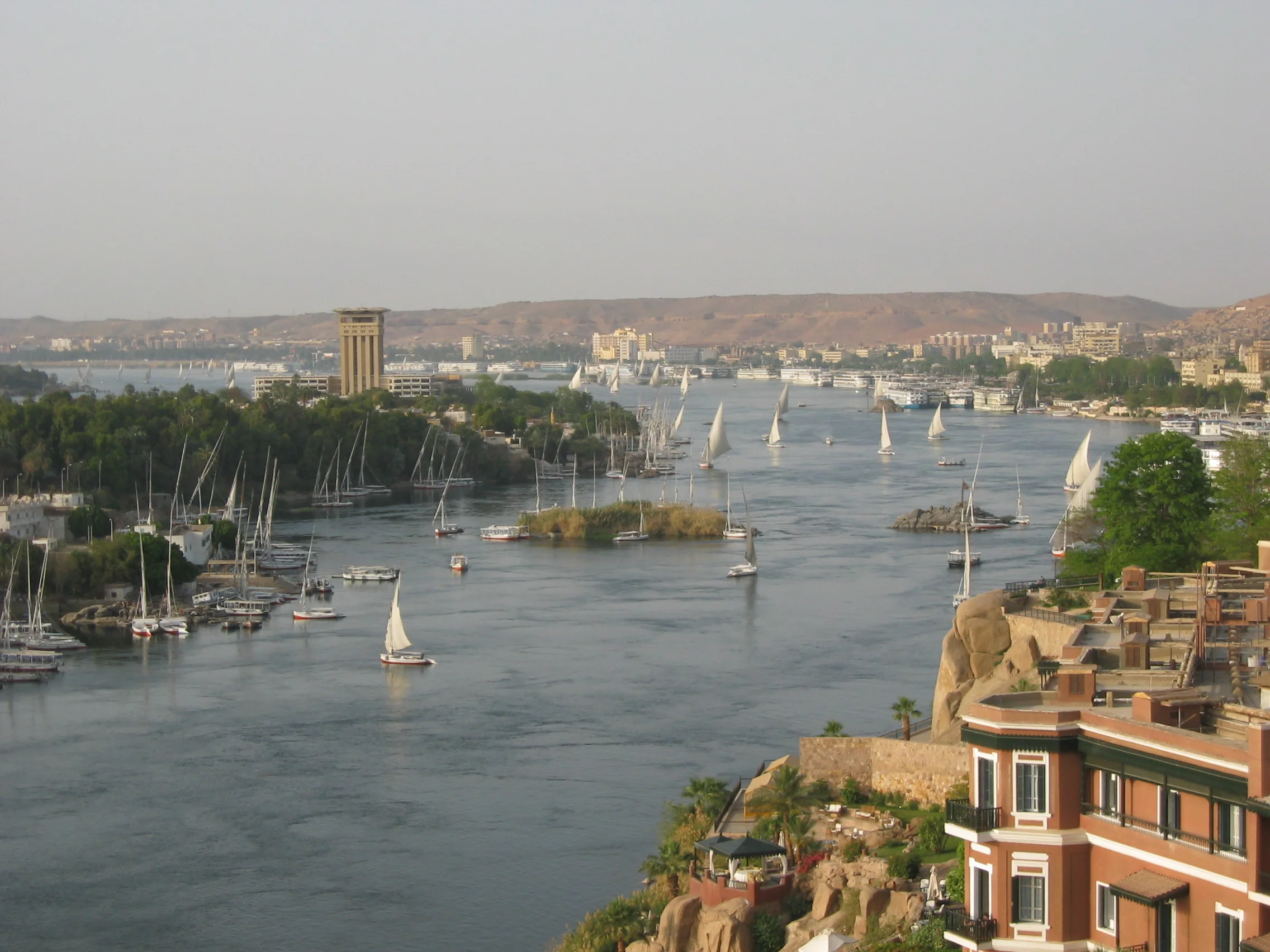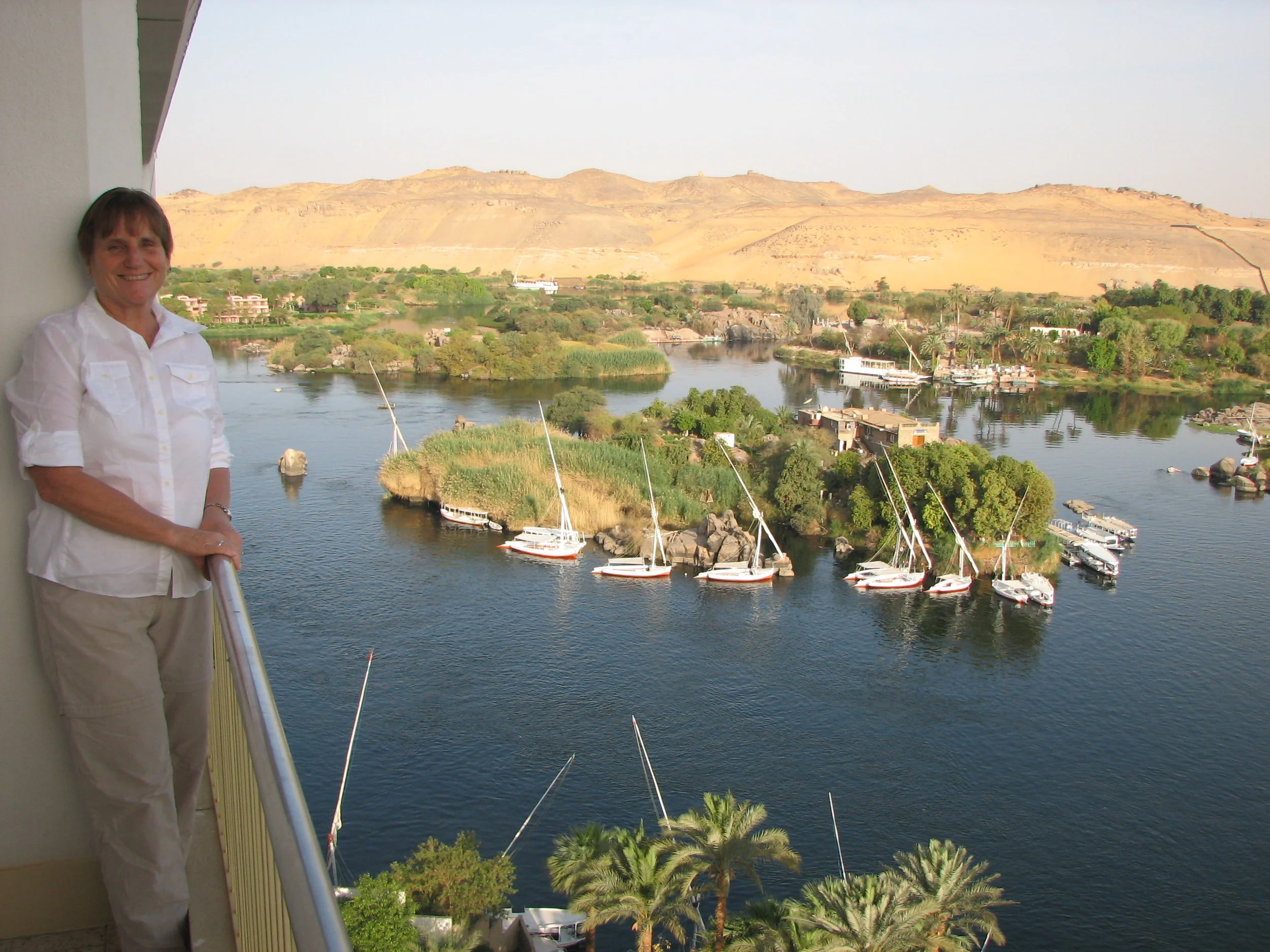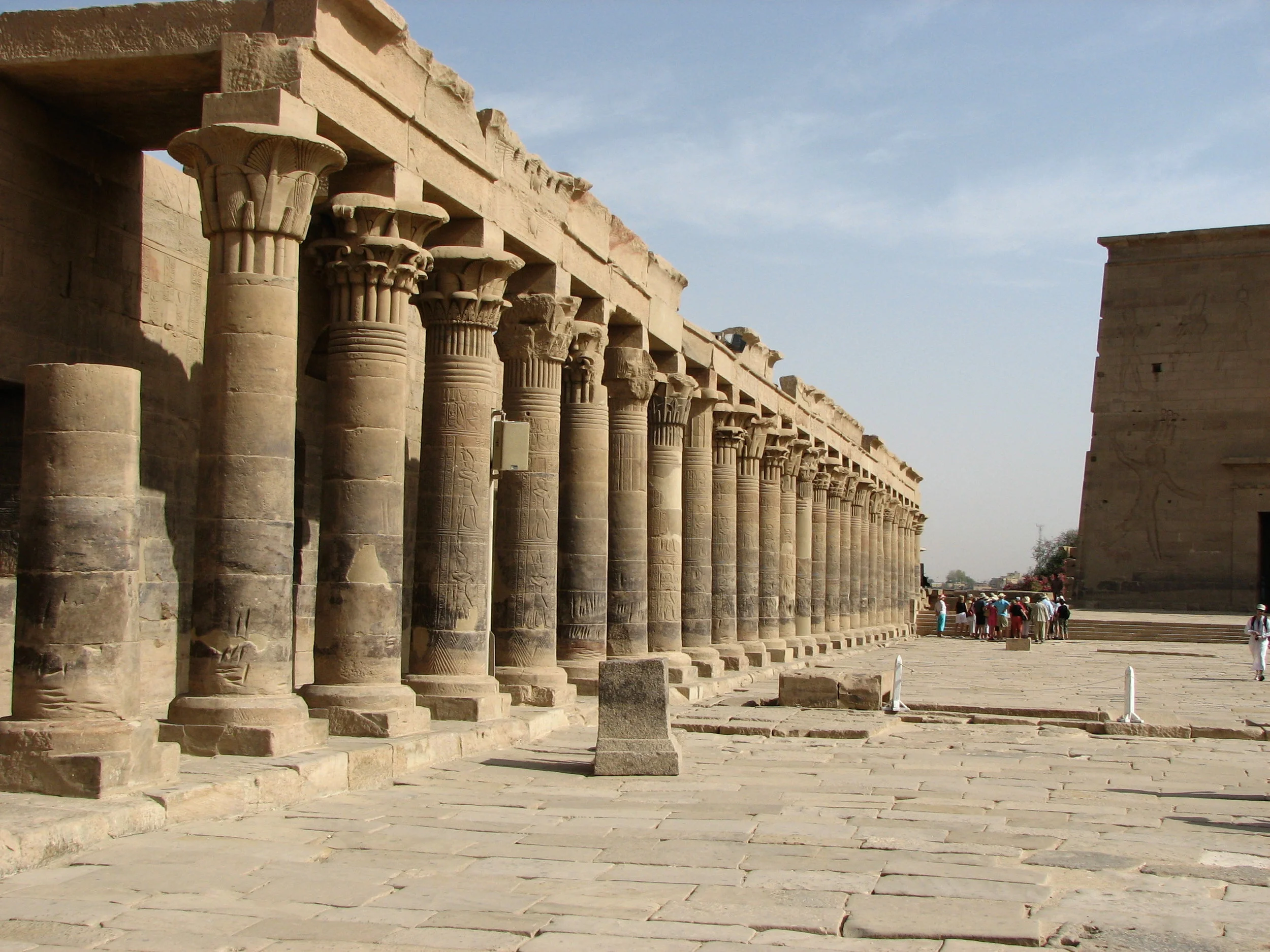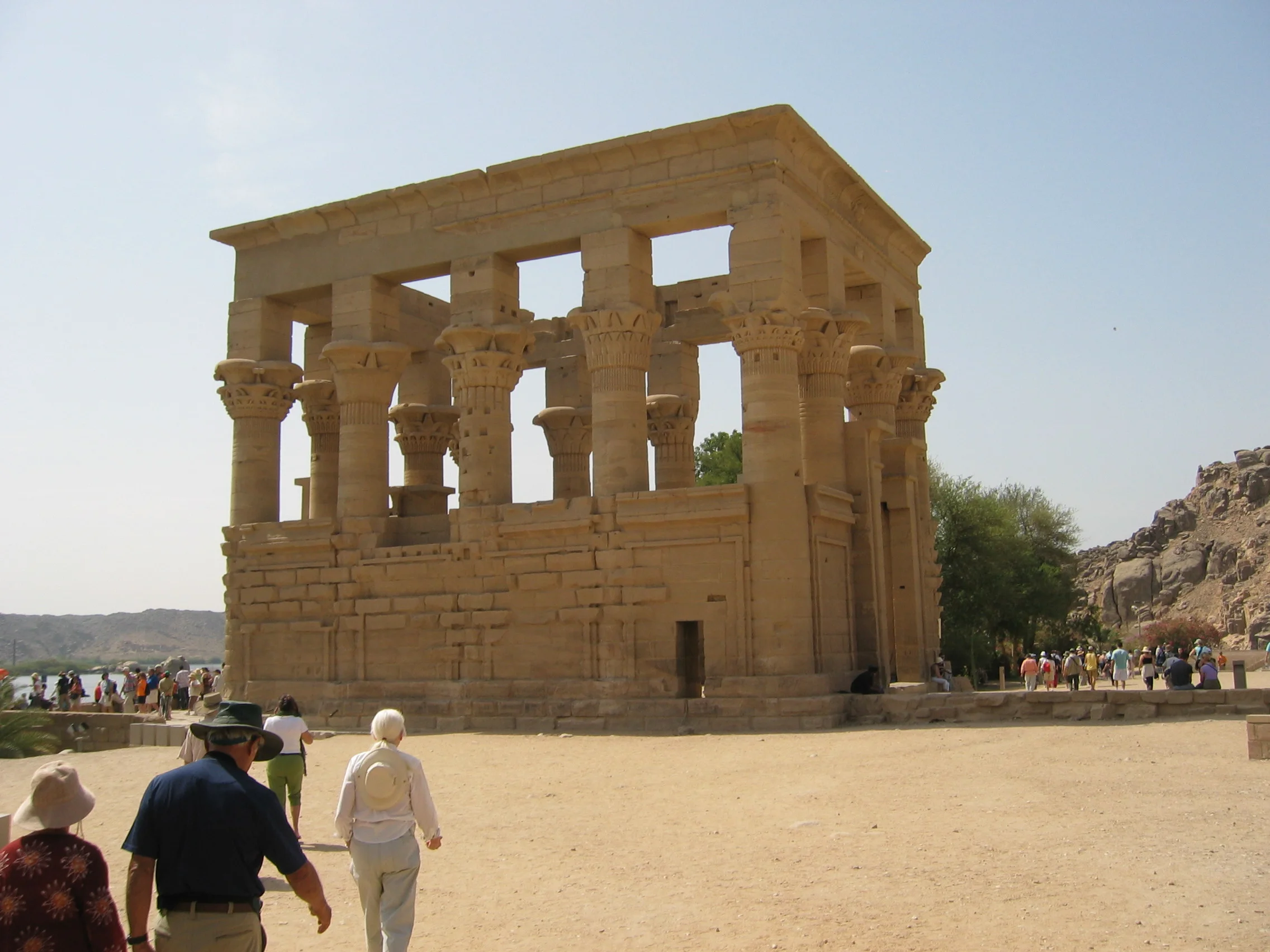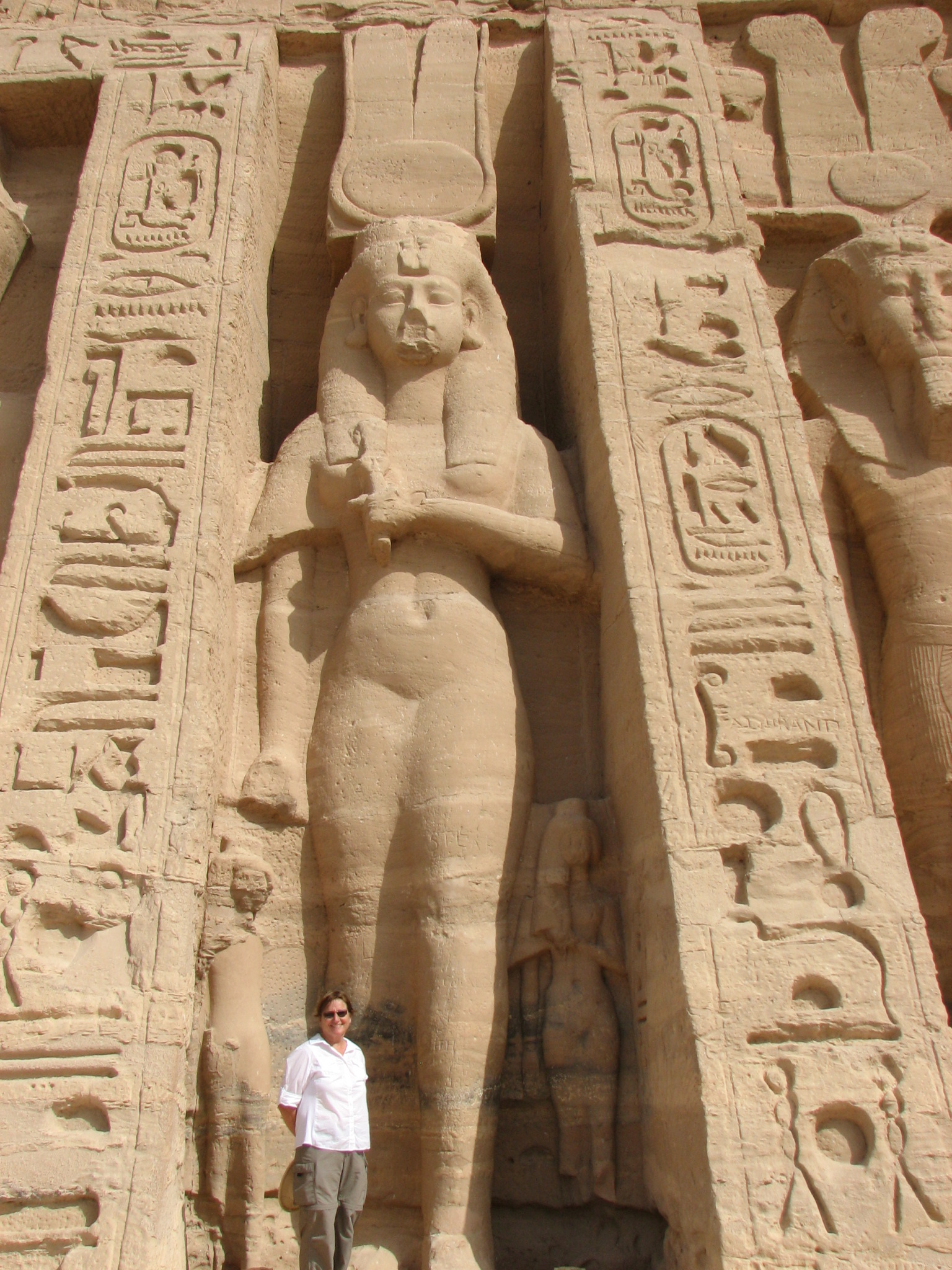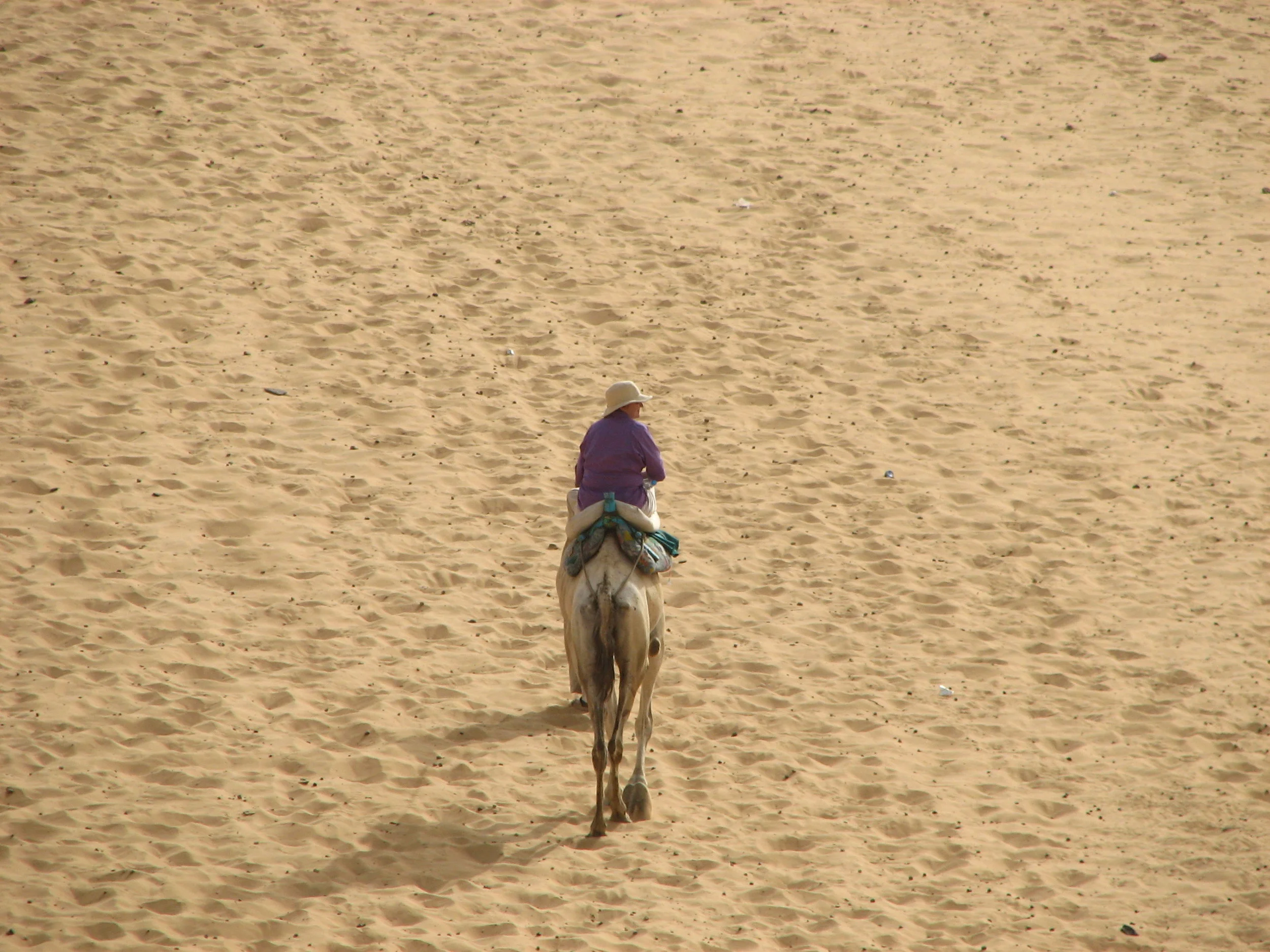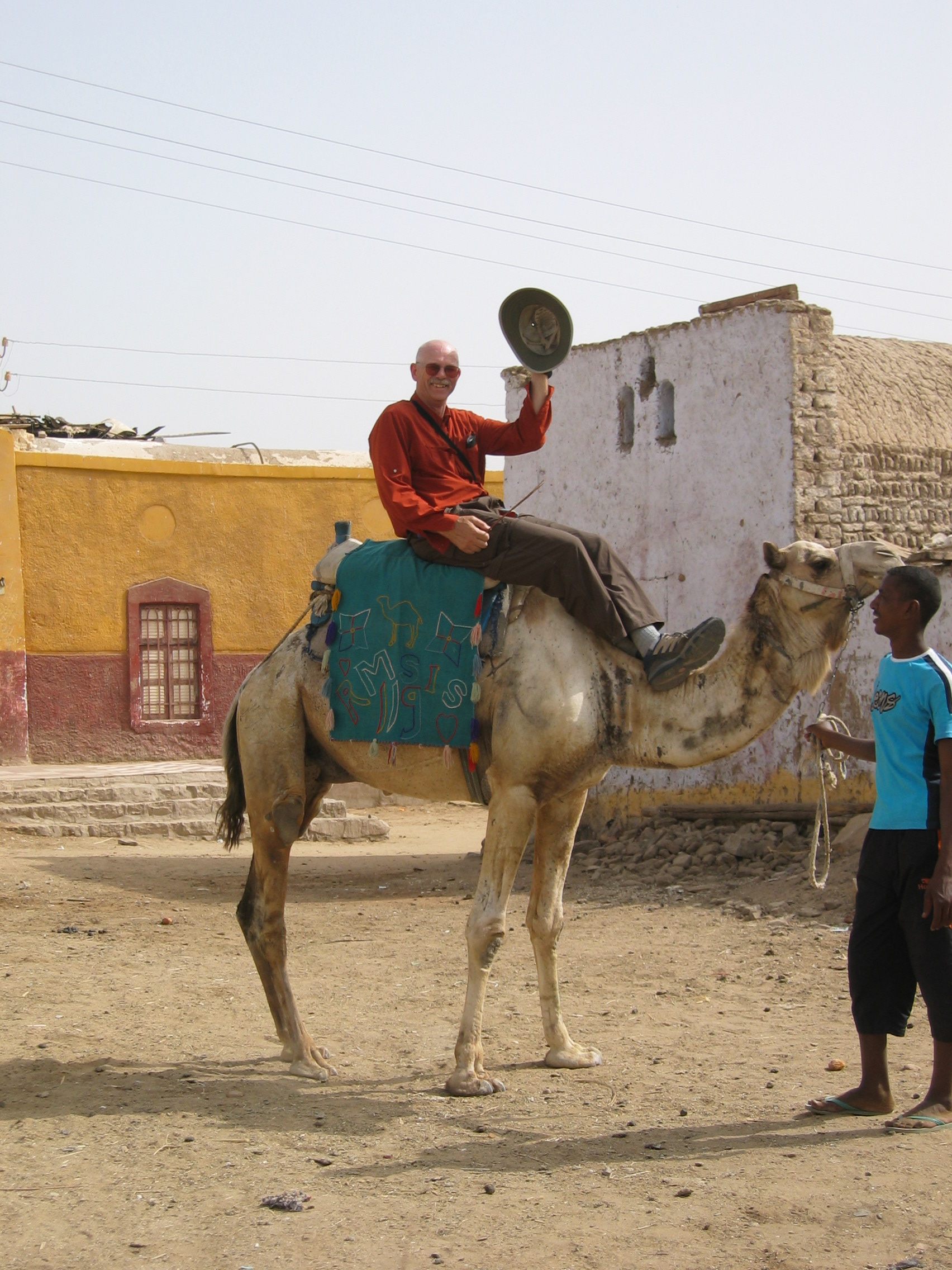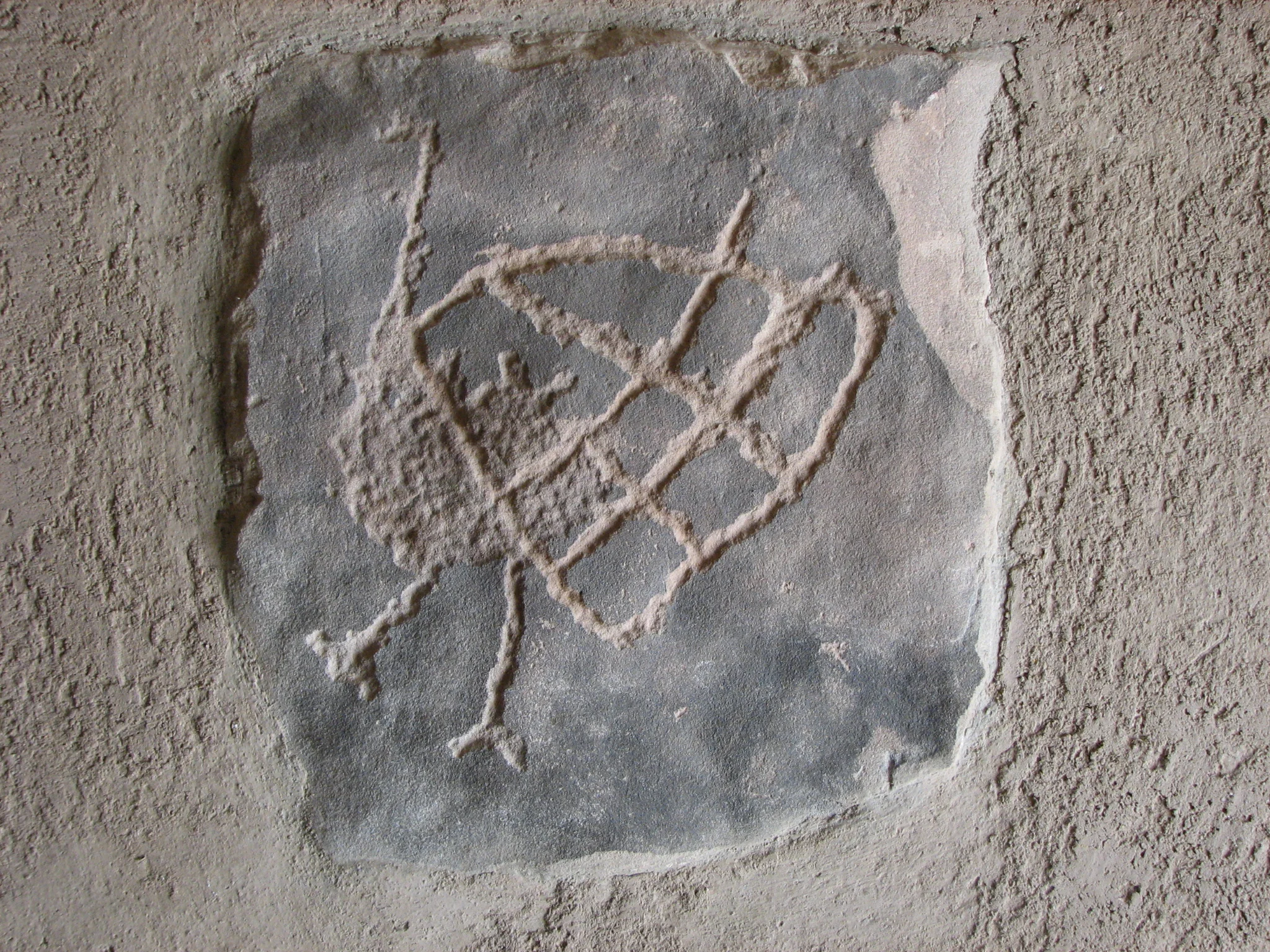Qala un Mosque
We visited the Citadel which is a high profile tourist stop on the eastern side of Cairo. The Citadel was built between AD 1176 and 1183. It was built as a royal residence and a military barracks. Egypt was ruled from the Citadel for 700 years. It was a fortress and built as such to protect the sultans from the Crusaders. It never ended up being defended because the sultans took to the offensive and attacked the Crusaders before they got to the Citadel. You can see a picture of the Citadel in the first photo.
The Citadel has long ago ceased functioning in its original capacity. It houses quite a few other structures within its walls however. The other structures include three mosques, museums, a hall of justice, and many other buildings.
The Sultan al-Nasir Muhammad ibn Qala un Mosque is one of the mosques within the Citadel walls. It was built in 1318 as the royal mosque of the citadel. It’s a freestanding rectangular courtyard with a sanctuary on one side and galleries on the other three sides. It has marble columns and two minarets. One minaret has a green garlic shaped bulb on top of it. Its builder, Sultan al-Nasir Muhammad was a high ranking guy. He married a Mongol princess who was the great great granddaughter of Genghis Khan.
The next two photos were taken in the Qala un Mosque courtyard. You can see the marble columns. You can also see the green tiled dome in the first photo and the top of the green garlic minaret in the second photo. Since this mosque is within the Citadel, it was kept relatively plain, but I really liked it.
These photos are inside looking at the galleries and sanctuary. This mosque incorporated lots of marble, other stone, wood, and metals – all mixed in together. It was simple but elegant in its design and construction. I don’t know how many people it would hold but it was a very large place.













